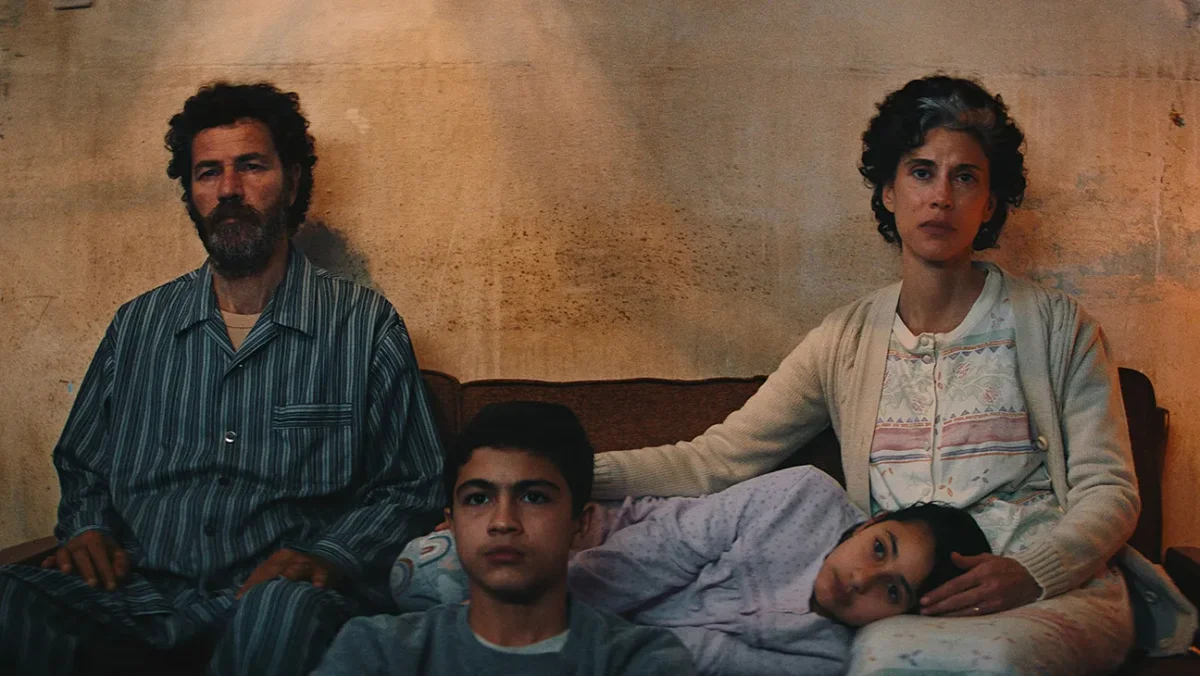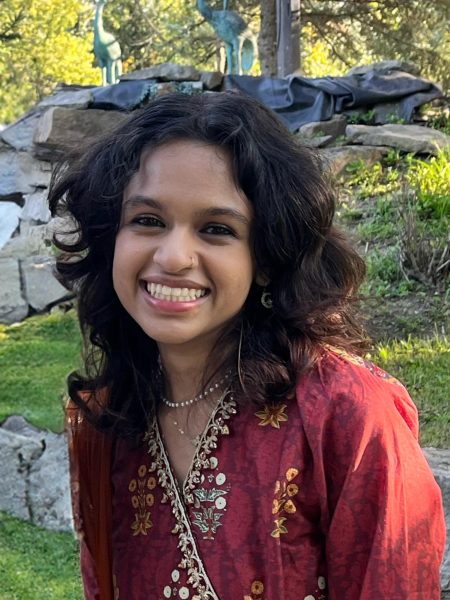Cinematographer Christopher Aoun’s work captures a truth that refuses to be erased. Known for his cinematography on “The Man Who Sold His Skin,” “Capernaum” and “The Empress,” Aoun has spent his career navigating the delicate balance between storytelling and reality. However, his latest project, “All That’s Left of You,” directed by Cherien Dabis, presented a challenge unlike any other. Spanning 75 years, the film follows a Palestinian family through generations of displacement. For Aoun, this story demands to be told, even as the world around him seems determined to silence it.
A Film That Called to Him
Aoun first heard about the project in late 2022 and officially joined in May 2023. He was drawn to the film immediately. While the film’s emotional depth and historical scope drew him in, there was another reason he wanted to be part of it.
“I’m from Lebanon, and actually, I’m not allowed to go to Israel or Palestine,” he said. “But having a German passport and seeing the script, I thought I would like to take the risk … because I feel that the story is really important … it’s about connecting us and connecting people from the Arab world and the Middle East.”
When Reality Collides with Art
In October 2023 the crew was forced to evacuate the West Bank, leaving behind months of careful planning. The evacuation scattered the team, but Aoun’s camera crew, people he had worked with for a decade, chose to stay.
“They told me they would stay with me, whatever happens, which was very moving … I told them, ‘Guys, if you want to leave, you can leave,’ and then they said, ‘No, they would stay and that they feel that this film is even more important now than ever,’” he said.
That belief kept the crew going.
“Abandoning [director] Cherien [Dabis] or the project felt very wrong in a way because it would mean that I would just abandon one of the stories that needs to be told in a time where stories are being erased and censored and banned,” Aoun said.
The Challenges
One of the biggest visual challenges was distinguishing the film’s different time periods while maintaining a sense of unity.
“Do we want to have distinct eras or not?” Aoun said, recalling a discussion with Dabis. “We thought that the main topic is pain and healing, and using pain as an emotion throughout the film could be more interesting than going into each character and saying we have different characters.”
Rather than shifting drastically between eras, Aoun used movement and framing to subtly indicate change. “In 1948, we wanted it to feel much more grounded, much more solid, sophisticated,” he said. “It showed also wealth, and it felt much more rich as a world. And then in 1978, the camera is not on a dolly or on sticks anymore, it’s handheld most of the time, so it had some fragility.”
Then, the approach evolved further. “The camera is steady, calm, quick, dynamic. Until Noor [a character] gets shot,” he explained. “And from that moment on, the film starts being very claustrophobic, the camera is not moving much, you have a lot of walls, it feels like the spaces are much more small and tight.”
By the present day, the cinematography takes on a detached, observational quality. “We wanted it to feel very sober, as if we’ve been hearing narration the whole time, and now the camera just … doesn’t do much,” Aoun said.
History Repeats Itself, On and Off Screen
One of the most unsettling experiences during production was seeing real-world events mirror the film’s historical recreations. “We were debating whether [a scene] was too harsh … or not. And then, on the news, we saw in Gaza the Palestinians being deported in trucks. The only difference was that in reality, they were naked, and ours still had clothes on,” he said.
It was almost like a wake-up call.
“We thought the whole time, ‘Are we making a fiction that’s too far from reality?’” he said. “But it was based on a lot of research. And then we saw … if you put the images side by side, you realize that reality was even harsher than what we had filmed.”
A Film That Can Change Perspectives
At Sundance, “All That’s Left of You” found an audience that may not have otherwise sought out a film about this topic.
“The most touching thing that happened was meeting people at Sundance who didn’t know anything about the film or … were not really familiar with the whole Palestinian story,” Aoun said. “And they were very moved, and they told me that they went in just because it was on Saturday at 6 p.m., and they didn’t know what to expect, and they didn’t even read about the film. But the film changed a lot for them, or it made them aware that Palestinians are humans too, and it made them just think about the situation in a different way.”
For Aoun, that is the ultimate power of storytelling. “Getting people to be human again and really think about what’s happening through this perspective. If the film achieves that, it could help change a lot of people’s way of thinking.”
Still, he knows that the film’s reach depends on how widely it’s distributed. “It’s always the problem with smaller films … I feel like not many people watched films from that part of the world, unfortunately,” he said.
But if “All That’s Left of You” can reach more audiences, Aoun believes it has the potential to shift perspectives. “I hope we find a way to get it seen, because these stories need to be told.”



